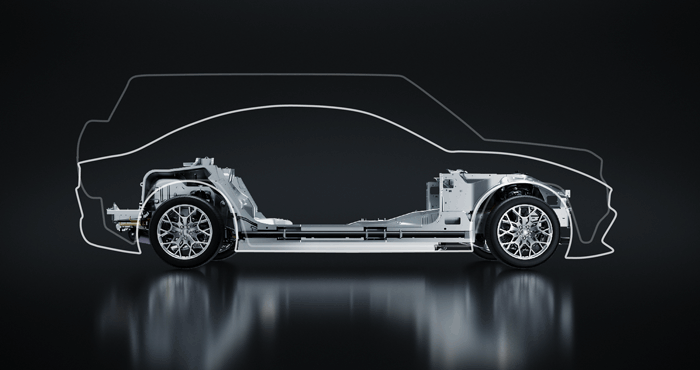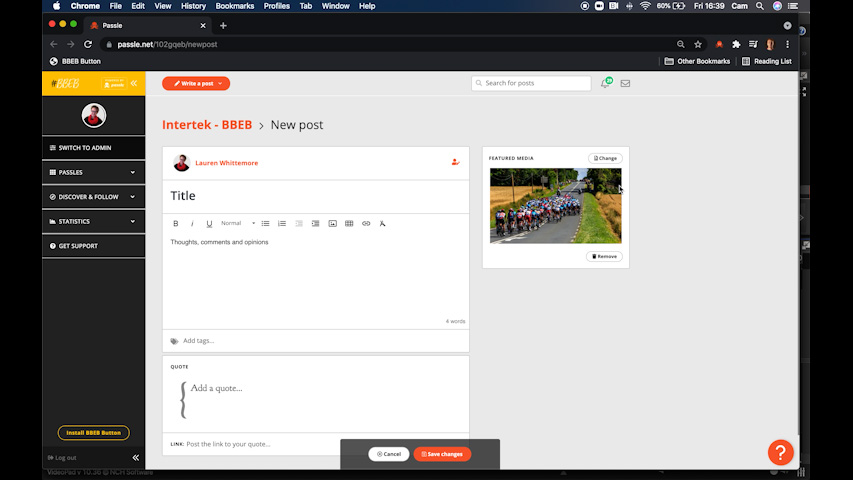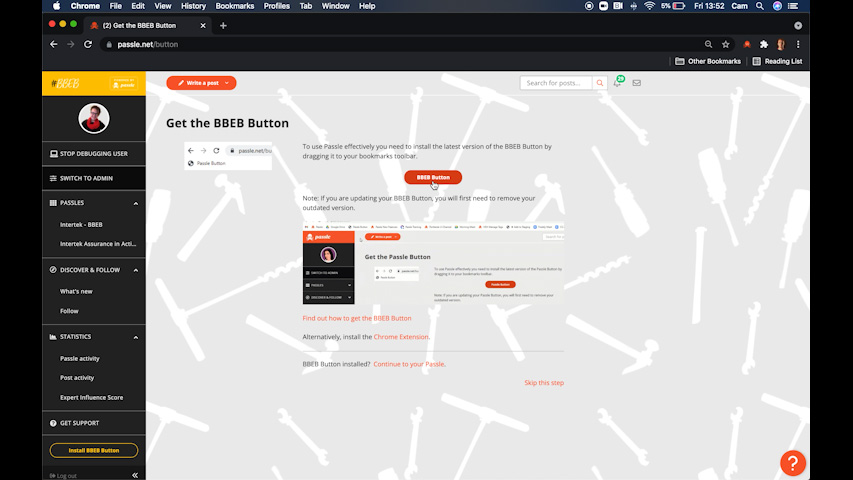The Wall Street Journal recently met with Stellantis CEO, Carlos Tavares, to discuss the company's EV strategy both globally and in particular in North America where EV demand has slowed down. (The link below is a free article on WSJ.com.)
Stellantis, owner of car brands such as Jeep, Ram, Dodge, Opel, Peugeot, Fiat, and others, is taking a slightly different course to bringing EVs to market. And surprisingly, they are one of the very few who are doing so at a profit.
Behind their success – and core to their strategy – are their flexible vehicle platforms, which enable them to produce different types of cars based on a common structural platform. The animation below shows how a variety of cars can be produced to meet the needs of different types of buyers, and the platform also allows for either EV, hybrid, or internal combustion powered engine.

Skeptics of the strategy argue that using a single platform for all types of vehicles forces the company to use a smaller battery which decreases the distance one can drive. Platforms that are optimized for EVs can install larger batteries.
Stellantis believes the flexibility, for now, enables them to be profitable, which will allow them to ultimately survive the transition to all-electric and then evolve in the future if needed.
“We are launching at the right time with the right technology and the right products covering several segments of the market,” a company spokesperson said.
















